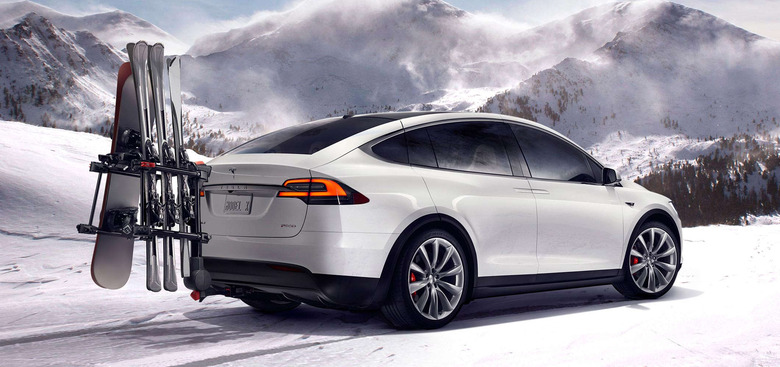Tesla Says Model X Will Let You 'Literally Survive A Military Grade Bio Attack'
Is the Tesla Model X's "Bioweapon Defense Mode" just a cheesy gimmick feature that the company added to the car to make it sound more futuristic? Tesla swears it isn't, and it's got some new data to prove it. In a blog post on Monday, Tesla said that it had recently conducted some tests on the Model X's air filtration system and said the results show that "you can literally survive a military grade bio attack by sitting in your car."
FROM EARLIER: Major tech breakthrough iPhone users have been waiting for is finally here
"A Model X was placed in a large bubble contaminated with extreme levels of pollution (1,000 µg/m3 of PM2.5 vs. the EPA's 'good' air quality index limit of 12 µg/m3)," Tesla explains. "We then closed the falcon doors and activated Bioweapon Defense Mode... In less than two minutes, the HEPA filtration system had scrubbed the air in Model X, bringing pollution levels from an extremely dangerous 1,000 µg/m3 to levels so low as to be undetectable (below the noise floor) by our instruments, allowing us to remove our gas masks and breathe fresh air while sitting inside a bubble of pollution."
Here is a chart showing the pollution levels before and after activating "Bioweapon Defense Mode":
Now, none of this means you should intentionally drive your car through an area that's being shelled with mustard gas canisters just to test out this feature. But some user videos we've seen of "Bioweapon Defense Mode" in action do show that it's amazingly good at purifying the air of foul odors in a short period of time.
You can read more about Tesla's tests of its air filtration system at this link.
